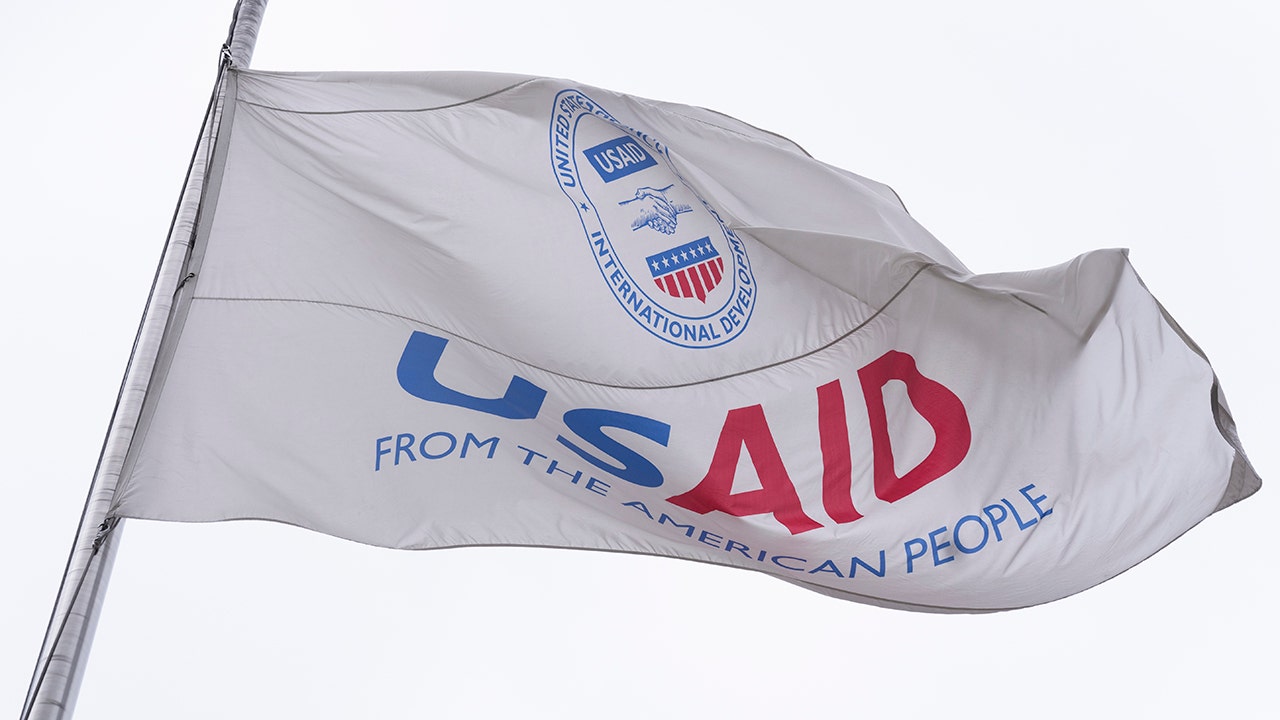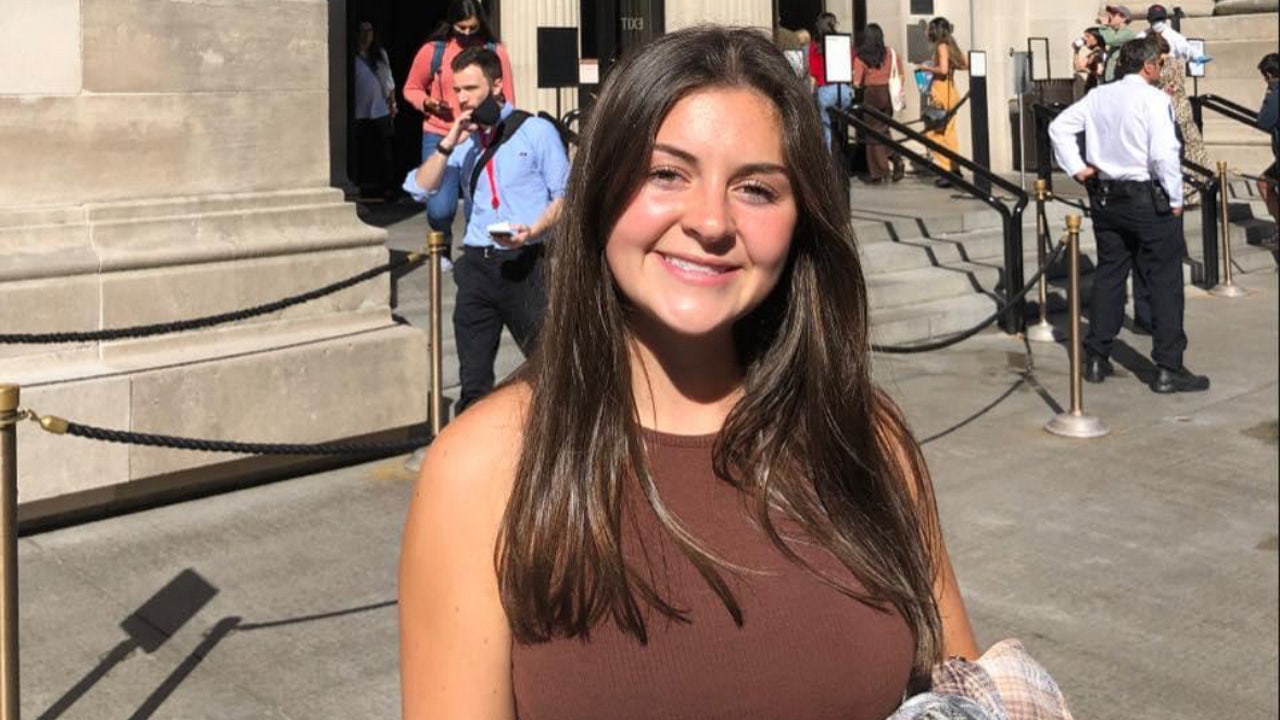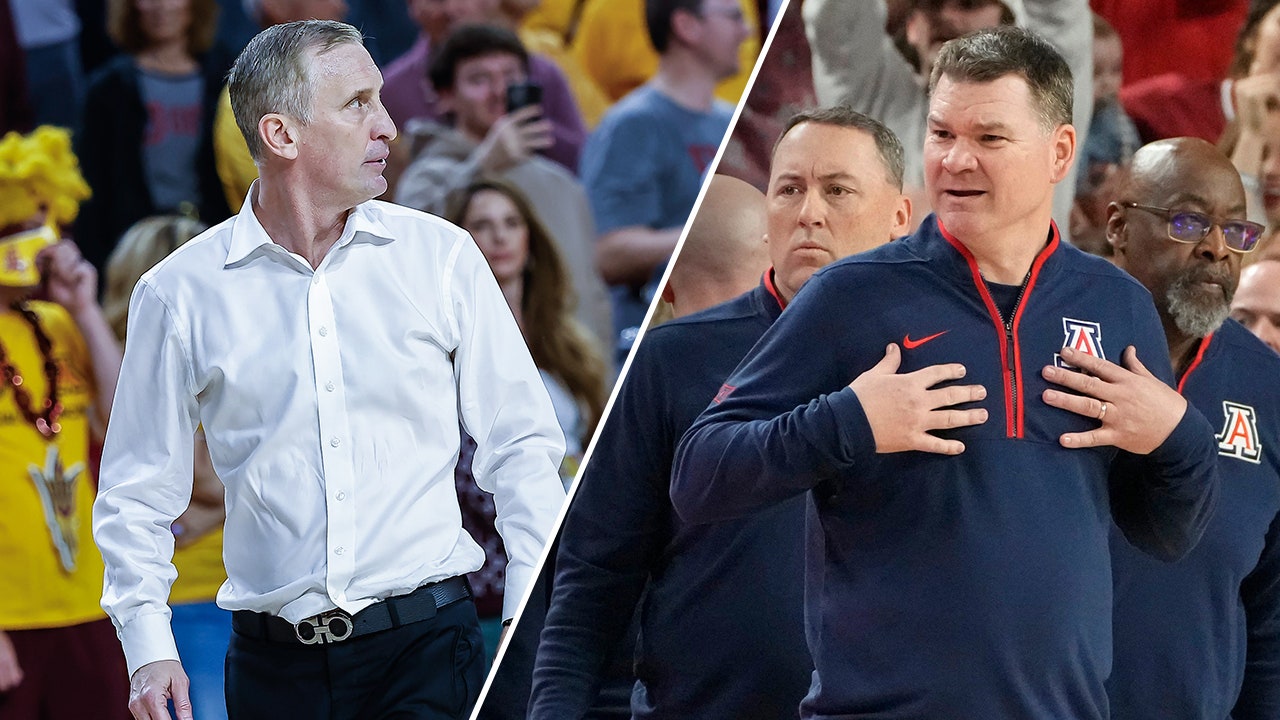The show drops what may be the highlight of its already outstanding second season: an innie field trip to the outside world
This post contains spoilers for this week’s episode of Severance, “Woe’s Hollow,” now streaming on Apple TV+.
Where to begin with “Woe’s Hollow,” a wildly inventive, and eventful hour of TV, and easily the highlight of this early phase of Severance Season Two? Should we open things up with the payoff to the “Is that Helly or Helena?” mystery? With Innie Mark sleeping with the wrong woman? With Innie Irving being fired — and thus, essentially condemned to death? With the meaning of ORTBO?
No, I think we have to start with “the tallest waterfall on the planet.”
As Mr. Milchick stands before the four members of MDR (or so three of them think), he gestures to the titular hollow’s most notable feature, which he describes, again, as “the tallest waterfall on the planet.” It’s not an unimpressive waterfall, to be sure. Definitely taller than, say, if Irving were to stand on Dylan’s shoulders, or even if Irving stood on Victor Wembanyama’s shoulders. It is not, however, remotely in the neighborhood of Angel Falls, which is several hundred Wembanyamas tall(*).
(*) The episode was filmed in Minnewaska State Park, a couple of hours north of New York City. In real life, that’s Awosting Falls, which is only around nine Wembanyamas in height.
So why would Milchick engage in such ludicrous hyperbole? Is it simply because the innies know nothing of the outside world — to the point where they are startled to see what a sky looks like — and thus you can tell them anything, and they will believe it? Is it just a private joke on these ignorant little slaves? Or is it because Milchick and many of the Eagans have convinced themselves that this somehow is the tallest waterfall on the planet?
Among the many things that Severance grasps so well about modern capitalism and corporate life is that when you reach a certain level of wealth and power, it becomes startlingly easy to attribute your fortune to something innately special about yourself. You believe that because you have done certain things well to get to this point, you must be able to do everything well, and must know more than people who do not have as much money or influence as you do. You become the keeper and broadcaster of your own myth — only you begin to lose your grasp on the notion that it’s myth and not objective fact. You may not decide that the man who created your family fortune is a literal holy figure, but you nonetheless build a cult of personality around yourself. You believe your own lies. You believe this is the world’s tallest waterfall, because how could your origin story be tied to a run-of-the-mill, pretty-but-not-jaw-dropping waterfall?
Editor’s picks
The question of why Milchick would say these words is tied directly into one of the larger questions of the episode: Why did anyone in Lumon management think the ORTBO — aka “Outdoor Retreat and Team-Building Occurrence”(*) — was a good idea? Releasing the innies into the literal wild seems like an incredibly fraught idea, with the potential for… well, more or less what happens here. No, the innies cannot get to civilization and attempt to agitate for their civil rights. But they can still travel far more freely than on the severed floor, and have access to rocks and running water and all manner of dangerous things that might be used to harm someone who actually matters to Lumon — like, say, the heir to the Eagan fortune.
(*) These absurd names and acronyms speak to both the cult-y side of the Eagans and to the ways that corporations keep trying to reinvent things, words included, that worked just fine as is.
So why do it? Is it just another attempt to mollify the rebellious innies and help Mark stay focused on whatever Cold Harbor is? That’s part of it. But it really does feel as if Milchick and his bosses have come to so fervently buy into the cult of Kier that they think giving the innies a two-day crash course in obscure Kier lore will be enough to finally win back their loyalty and servitude.
Related Content
Well, most of the bosses think this, at least. When you rewatch the episode knowing definitively that Helena has been impersonating Helly all season, you see some fascinating blurring of fact and fiction, of denial and clarity. When they arrive at Woe’s Hollow, Helena seems genuinely awestruck by the place. But later, when the group is gathered around a campfire to listen to Milchick read from the mysterious Fourth Appendix, she laughs hysterically at the story of Kier’s brother Dieter, loudly mocking it as a masturbation panic tale. You could perhaps read her glee and derision as Helena playing things up for Helly’s coworkers, at a moment when she knows Irving’s suspicions are rising. And there were other moments in these early episodes where her body language and facial expressions seemed so convincingly Helly-like that I doubted my own suspicions about her. But the fact that Helly is so different from Helena, while the other innies are much closer in temperament to their outies, suggests that some of her manner is an act she’s putting on for a family she doesn’t like, perhaps in part because she thinks a lot of the Kier lore is nonsense. And the only time she gets to let her disdain out is when she’s cosplaying as her innie. She can be impressed by the waterfall, because her ancestor was once here, and because it’s beautiful, while still finding the rest of it — including multiple stories whose theme seems to be that rich people are fundamentally better than poor people, and that attempts to have the former treat the latter with kindness or respect inevitably leads to tragedy(*) — silly.
(*) The story of Dieter that so cracks up Helena could also be interpreted as something about the pointlessness of trying to coexist with nature, when man is meant to conquer it. But there’s definitely a heavy dose of classism in there, too.
And if Helena is skeptical of the religious side of Lumon, she would be right to be. Because the Fourth Appendix does nothing to curb Irving’s distrust of Helena, nor the group’s overall unhappiness with innie life. Mark buys into Helena’s deception to the point of sleeping with the woman he thinks is Helly, but that’s because he’s in love with Helly, not because of any feelings he has about Kier. Dylan is mostly trying to enjoy the ORTBO (and is disappointed when his marshmallows are taken away), but he’s not reconverted, either. And when Irving unmasks Helena for who and what she truly is, all three guys feel suitably betrayed by the company.
The timing of Irving’s stunt is incredibly smart from a narrative perspective. Too many modern serialized dramas have tried and failed to outsmart their audiences with mysteries meant to last a whole season, but that instead get sniffed out almost immediately. (Think Edward James Olmos on Dexter, or Jimmi Simpson on Westworld.) Severance understands that viewers of this kind of show have been trained to look for and solve puzzles, and that secrets can’t be easily hidden. So the very first time we see “Helly” this season, Irving is asking questions about her. His suspicions, and those of the audience, are given a couple of episodes to simmer, and then they come to a full boil in these frigid conditions. No dragging it out, no making the audience grow impatient or feel annoyed that they are smarter than the show thinks they are. Set it up, pay it off, deal with the consequences. Boom, boom, boom.
And in this case, the consequences are big, particularly for the man who exposed Helena and forced Milchick to remove the “Glasgow Block”(*). Irving threatens a coworker — worse, threatens an Eagan — and for that, the penalty is death. Innie Irving will be no more, but it was a sacrifice he was willing to make to protect his friends — especially when he seemed so ambivalent about continuing to work/exist back in the season premiere. Without Burt, and with the loss of his belief in Kier, there seems to be no point in going on. So he exposes Helena in order to bring back Helly, and keep Mark and Dylan from having a double agent in their midst, and proudly walks away.
(*) Why exactly is a special block needed to keep Helena in control of her body while she is in the outside world? It makes sense as a necessity on the severed floor, but Helena being herself away from Lumon is how this is all supposed to work, right? Whereas the Overtime Contingency would be needed for the three guys. Feels a bit like one of the writers really loved the sound of “Glasgow Block” and wanted to be sure Tramell Tillman got to say it, and/or that in an episode full of new Eagan lore, someone worried it would feel too backwards-looking to refer to a part of severance tech that we already know.
Then, of course, there is poor Innie Mark, whose moment of pure happiness is cruelly taken from him when he discovers that the woman he had sex with is not the woman he thought she was. As he and Helena are talking in the tent, she claims to have lied about the night gardener because she was ashamed of who she was out there. “I don’t care who you are out there,” Mark tells her. “I care who you are with me.” This is one of the fundamental debates of Severance: if you could separate your work self from your home self, how different would each half be, and which would be the true you? Both Dylans are basically the same, though the innie version is a bit more focused than the outie. Helly and Helena couldn’t seem more different, though it’s unclear whether this is part of the process, or a sign that Helena is more like Helly than she’d want to admit. Then again, as Irving notes, Helly was never cruel in the way that Helena was to him on the ORTBO. And tricking Mark into having sex with her is even crueler, whether she did it to maintain her cover or because she was genuinely curious in/attracted to him. Mark cares who Helly is with him, but he inadvertently winds up sleeping with who Helly is out there. Like so much of what Lumon does to the severed workers, it’s incredibly cruel.
On a technical level, this is a remarkable episode. The nature of severance means that we very rarely see the outside world in the daytime. So to spend this much time in daylight feels almost as startling to us as it does to Dylan (“I mean, I knew there was no actual ceiling,” he says of the sky, “but this is fucking insane”). And the endlessness of the snow, ice, and frigid air evokes both Fargo and the famous “Pine Barrens” episode of The Sopranos, while always tinged with the particular strangeness of Severance, like the company hiring doppelgangers of the MDR team to shadow them at a distance, or Ms. Huang playing the theremin while Milchick does his tent revival preacher routine.
The only part of “Woe’s Hollow” that doesn’t entirely work is its other piece of timing. “Who Is Alive?” ended with Reghabi beginning to reintegrate Outie Mark, a potentially seismic event for the series. To immediately follow that with an episode where Outie Mark doesn’t appear, and where Innie Mark is — with the exception of the brief moment where his brain glitches and he sees Helena/Helly as Gemma/Ms. Casey — feels like a bit of a cheat. How is Outie Mark doing at the moment? How would he respond to Milchick or someone else from Lumon suggesting that he give up the next few days of his life, right now, to allow Innie Mark to enjoy a field trip?
But even my frustration with that was quickly washed away by all the ice and snow, by what is not the tallest waterfall on the planet, and by all the impressive sights, sounds, and plot twists we found in “Woe’s Hollow.”

 2 hours ago
2
2 hours ago
2
















.png)

.png)
.png)
.png)













 English (US) ·
English (US) ·  Hindi (IN) ·
Hindi (IN) ·